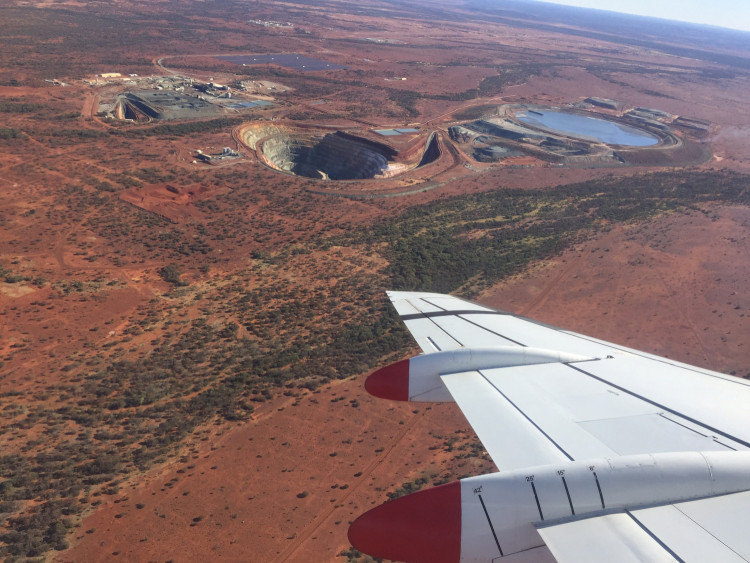China has $40.4 billion worth of investment in Australia between 2014 and 2017 of which half went in the mining sector and the rest dispersed in healthcare, transport, and social assistance.
The data was based on the analysis of as much as 262 Chinese acquisitions within the period. The analysis was conducted using a new methodology called the Chinese Investment in Australia or CHIIA which was developed by the East Asian Bureau of Economic Research at the country's Crawford School.
The analysis found that Chinese investment in Australia soared in 2016 with $14.9 billion worth of transactions and then followed by $8.9 billion in 2017.
Of the $40.4 billion investment pumped into Australia, Chinese state-owned entities and their subsidies were only involved in less than 20 percent of all the acquisitions. These transactions, however, accounted for as much as 47 percent of the overall Chinese investment.
Of the overall acquisitions, 70 percent was made by direct investors registered in Australia while 20 percent were direct investors based in China. About 30 percent of the direct investors were dispersed in Hong Kong, the Cayman Islands, Singapore, British Virgin Islands, Bermuda, and Germany.
The report also found that 88 percent of the $40.4 billion comprised investments that were no less than $100 million.
Peter Drysdale, the lead researcher for the project and a chief economist at the East Asian Bureau of Economic Research at the Australian National University, said this is the best time to track where Chinese investments came from and where they ended up as there have been discussions about the nature of Chinese investments in Australia. He explained that the database will clarify the scale and structure of the billions of Chinese investments that were pumped into the country's economy.
It was not immediately clear whether the methodology will be applied by the Australian government to analyze other foreign investments in Australia but Drysdale said CHIIA generated the most accurate data on foreign investments moved inside the country. Drysdale hoped that other institutions will follow suit and develop other transparent methodology to track the flow of international investments in the country.
Drysdale said they will use the methodology to pull together the Chinese investment data for 2018. He added that the same group of researchers is looking into analyzing the flow of Japanese investments in Australia.
The CHIIA methodology analyzed readily publicly available data compiled by researchers from the Australian National University. The database was crosschecked with figures from sources such as the Foreign Investment Review Board and the Australian Bureau of Statistics.





